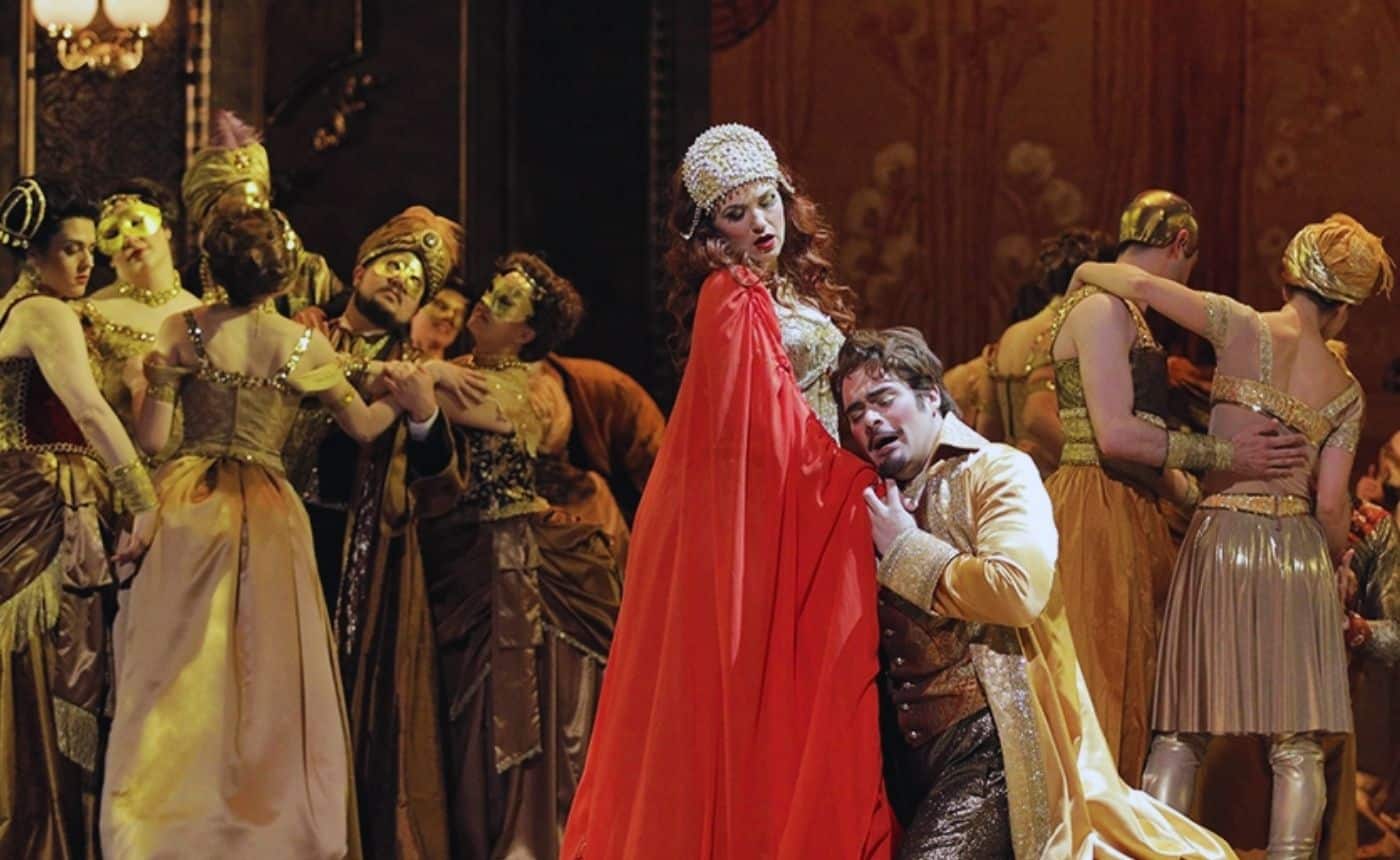The Magic of Florencia
Magic realism is an artistic style in which real-world events or characters collide with magical or supernatural elements in a natural, possibly even expected way. The term was first used to describe an aesthetic in certain types early twentieth century visual art, but has become most closely associated with Hispanic literature. Where “realism” is an attempt to portray believable events and characters through an artistic medium, magic realism portrays wondrous and unusual events as if they too are a logical part of reality. The distinction between magic realism and surrealism is also important to understand. While both aesthetics explore the use of illogical or unreal elements, surrealism primarily probes the mind and the psychology of life, while magic realism places the unusual into everyday life.
To create an exhaustive list of the characteristics of magic realism is a daunting task, but here are a few elements that distinguish the genre. First, the story must have its roots in the real world. Then the events of that world will be influenced by magic that defies the laws of physics or other sciences. Readers or observers will be drawn between the two views of reality, the real and unreal, which closely line up or even intersect. Often a metamorphosis of some kind occurs in the story, and there will also be present certain elements of oral tradition such as a folk narrator. Ghosts, witches and other supernatural figures appear, but only in the sense that their existence is completely believable, rather than out-of-the-ordinary.
Literary magic realism is generally held to have originated in Latin America, and certainly the most famous authors in the genre are Hispanic. Colombian author Gabriel García Márquez is arguably the most well-known, using magic realism extensively in his novels One Hundred Years of Solitude and Love in the Time of Cholera, which inspired much of the libretto of Florencia en el Amazonas. Magical elements woven into the fabric of reality by García Márquez in 100 Years include the ascension into heaven of a character as she does the laundry, and a character who returns from the dead to, quite naturally, inhabit the main family’s attic. In Love in the time of Cholera, García Márquez takes a markedly fluid, non-linear approach to time. The inclusion of several unusual animals, including a lucky turtle and a conversational parrot are also unusual happenstances that characters in the novel take in stride. Other authors using magic realistic elements in their writing include Isabel Allende and Laura Esquivel. Laura Esquivel’s novel Like Water for Chocolate (as well as the 1992 film adaptation) begins in a run-of-the-mill peasant village. The main character, Tita, is forced by tradition to remain separated from her lover, Pedro. As she chafes more and more against the family restrictions, her anguish manifests itself through her cooking. For instance, her desire for Pedro creeps into her quail with rose petal sauce, and all those who partake of the dish become inexplicably inflamed with lust. Magic realism has crept into the literature of other countries as well. Toni Morrison’s novel Beloved features interaction between Sethe, a former slave, and the ghost of her long-ago murdered baby girl, known only as Beloved.
Gabriel García Márquez was first approached to write the libretto for Florencia en el Amazonas and declined the project, directing the producers to his student Marcela Fuentes-Berain. Screenwriter Fuentes-Berain incorporates, with the author’s permission, many of the elements of Love in the Time of Cholera, and pays homage to the style of his work as well. Certain natural elements of the landscape figure in prominent plot moments. Piranhas, those vicious carnivorous fish, are responsible for the theft of Rosalba’s life’s work, as well as the wine bottle containing the wedding rings of Paula and Alvaro. A sudden storm arises at the end of Act I, and this crisis is essential in the transformation of each character in the story. Riolobo, at first seeming to be a typical deckhand, proves himself to be far more, as he transforms during the storm into a mythical figure calling upon the gods of the Amazon to save the El Dorado and its passengers. Finally, whether treated literally or figuratively, Florencia’s transformation into the Emerald Muse butterfly is representative of the metamorphosis all the characters in the opera have undergone. The medium of opera certainly proves to be a wonderful venue for the use of magical realism. The very idea that opera depicts real life events expressed through song fits the qualifications for the genre, and demands a certain suspension of reality.
Suggested reading:
Love in the Time of Cholera, One Hundred Years of Solitude, both by Gabriel García Márquez
Beloved by Toni Morrison
The House of the Spirits by Isabel Allende
Like Water for Chocolate, The Law of Love by Laura Esquivel
The Brief Wondrous Life of Oscar Wao by Junot Diaz
The Master and Margarita by Mikhail Bulgakov
The Green Mile by Stephen King
Swamplandia! by Karen Russell
Suggested films:
Amelie
Midnight in Paris
Whale Rider
Death Takes a Holiday
The Life Aquatic with Steve Zissou
Synecdoche, New York
The Milagro Beanfield War
Serendipity
The Green Mile
The Tree of Life
As well as adaptations of any of the novels mentioned here.





